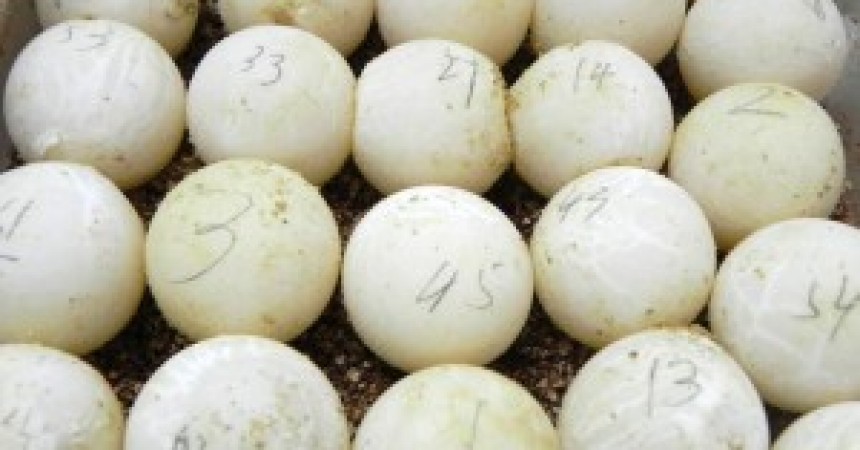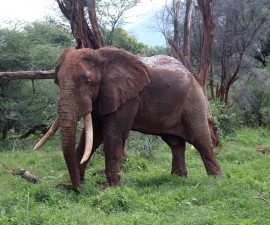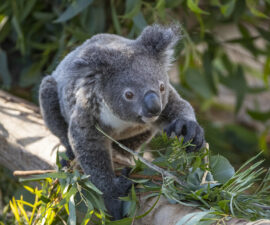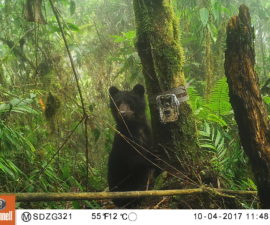Recognized as the world’s most endangered turtle, the Yangtze giant softshell turtle is dangerously close to extinction, being represented by only four known individuals left in existence. Two males are in Vietnam and there is one breeding pair protected under human care at the Suzhou Zoo in China – both are estimated to be between 80 and 100 years old. Although the female – owned by the Changsha Zoo – has produced thousands of eggs since she was paired with the male in 2008, none have hatched. The expertise of San Diego Zoo’s Institute for Conservation Research was requested and, with the support of the Turtle Survival Alliance (TSA) and the Wildlife Conservation Society, a reproductive expert was sent this last summer to evaluate a recently laid clutch of eggs.
“Within days of the female Rafetus nesting, I was on my way to Shanghai,” said Kaitlin Croyle, student researcher with the San Diego Zoo Institute for Conservation Research. “After almost 36 hours of planes, trains, and automobiles, I arrived in Suzhou and went straight to work, as I only had one full day in China before I needed to take a flight back to San Diego.”

Katlin Croyle, a student researcher with the San Diego Zoo Institute for Conservation Research checks eggs of the endangered Yangtze giant softshell turtle.
After an extensive examination of eggs using a newly developed technique for assessing the presences of sperm, Kaitlin reported that no sperm were present in the eggs. The new technique, called oocyte membrane-bound sperm detection (OMSD), is being developed for turtle and tortoise species by Kaitlin at the Institute with the hope of assisting in endangered species conservation. OMSD tests for the presence of sperm in eggs that fail to develop an embryo. This information, in combination with behavioral observations, reproductive history, and veterinary examination, can be used to make educated decisions about breeding pairs to increase the chance for future offspring.





